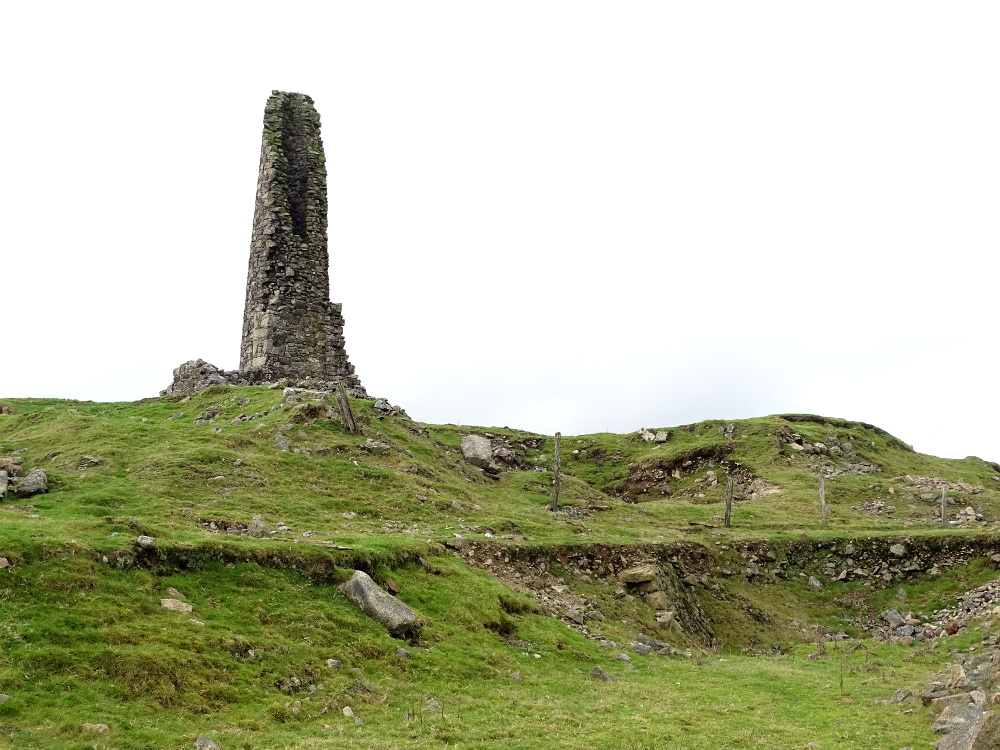Following the discovery of copper rich ground in the Seaton Valley below Caradon Hill, great efforts were made to exploit the reserves here. With the initial success of its neighbour South Caradon, it was inevitable that the western sections of these lodes were not investigated and it’s unfortunate that little remains of this equally successful mine, muting its importance in the history of this area.
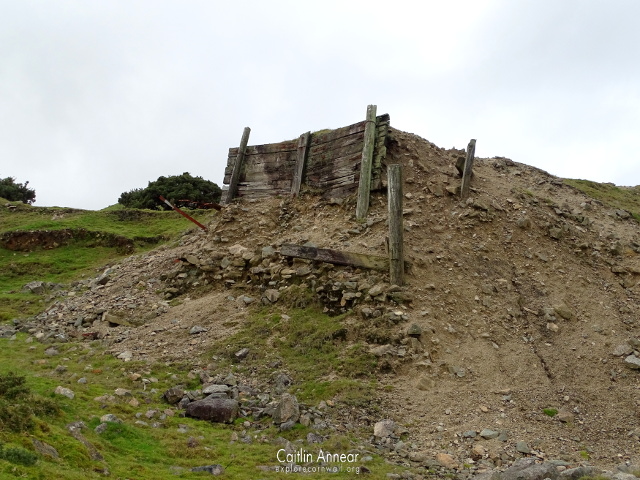
Work started on this side of the valley around 1837, just four years after the first adit was dug on South Caradon’s side of the valley. The first pumping engine must have been erected by 1843 as this was the year disaster struck, with the death of one miner who was killed by the descending bob of a 30″ engine. By the following year Elliot’s shaft was started, with a new 50″ pumping engine from Gill and Co’s Tavistock Ironworks being installed. In 1845 there were 553 people employed, a number that didn’t drop for the next ten years; through the 1850’s the production surpassed that of South Caradon at some points.
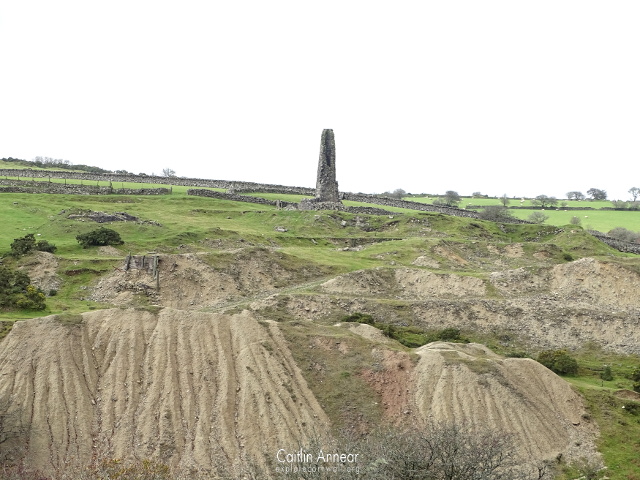
However, through the 1860’s the work had to continuously move west as the ground became exhausted. Almost half of the number of employees were on the site at this point and in 1869 some of the engines were put up for sale. Work was focused around Marina shaft, but all last attempts to salvage the sett were unsuccessful and the rest of the engines were put up for sale in 1874.
In 1880 a new venture was started called New West Caradon mine which worked alongside West Caradon. Plagued by low copper prices and the reliance on South Caradon’s pumping to help unwater their shared lodes, it had to be abandoned in 1885.
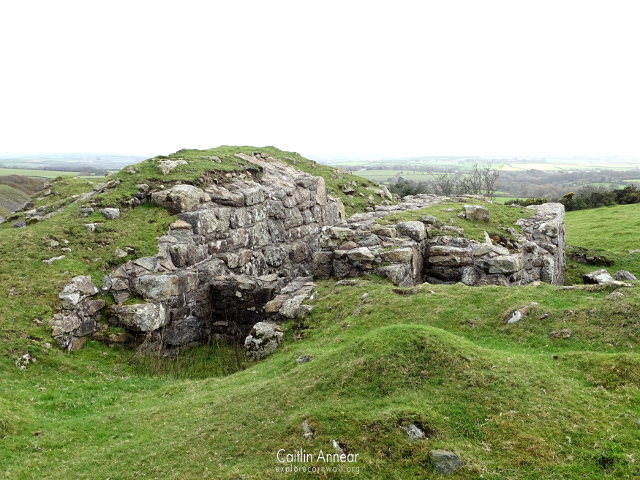
Elliot’s (80 fathoms/146m), Footway, Hallett’s (50 fathoms/91m), Fox’s, Couch’s (104 fathoms/190m), Marina’s (66 fathoms/121m) and Rickard’s (17 fathoms/31m).
Taylor’s, Gilpin’s, Kitford’s, Dunstan’s, Vivian’s North, Vivian’s South, Menadue, Main/Allan’s, Clymo’s and Jope’s.
1843-86
91,700 tons (93,171,502 kg) of 9.5% copper
1881-6
265 tons (269,252 kg) of 6.5% copper
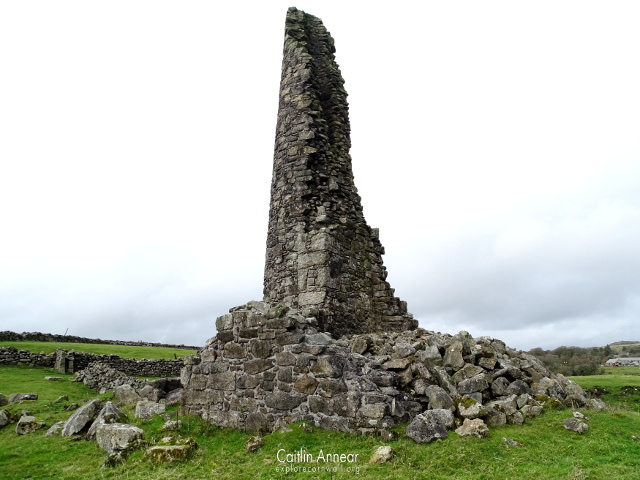
Despite the scant remains that are left on the site, West Caradon Mine had a large number of engine houses. The first was the 30″ pumping engine erected in 1843, followed by a 20″ whim and 30″ stamps and crusher installed the year after. In 1854 the 50″ pumping engine and 22″ horizontal whim were erected on the new Elliot’s shaft, the chimney and footings of which remain, respectively. Another 30″ pumping engine was installed on Hallett’s shaft in 1860, with a 24″ whim being added five years later. During the final reworking as New West Caradon, an 18″ whim engine and crusher was bought.
Unlike nearly every other mine in the area, there is no right of way to view the remains of engine house. A public footpath does cross through the waste dumps, giving you a good view of the chimney, however it does appear that access to the house’s remains is common place.
There is plenty of free parking in Minions.
Brown, K. and Acton, B. (2007) Exploring Cornish Mines: Volume Two. 2nd edn. Truro: Landfall Publications.
Dines, H. G. (1956) The metalliferous mining regions of south-west England. British Geological Survey.
Nance, D., Brown, K. and Clarke, T. (2019) A Complete Guide to the Engine Houses of Mid-Cornwall. Lydney: Lightmoor Press.
Sharpe, A. (1989) The Minions Survey Part 2. Truro. Available at: http://map.cornwall.gov.uk/reports_event_record/1989/1989R019.pdf.
